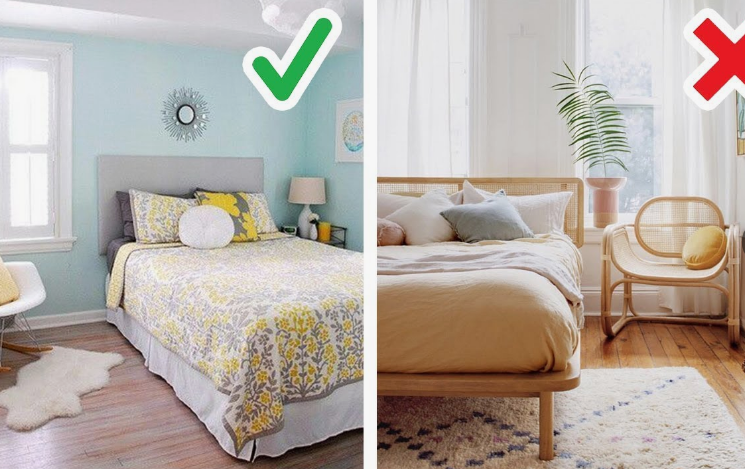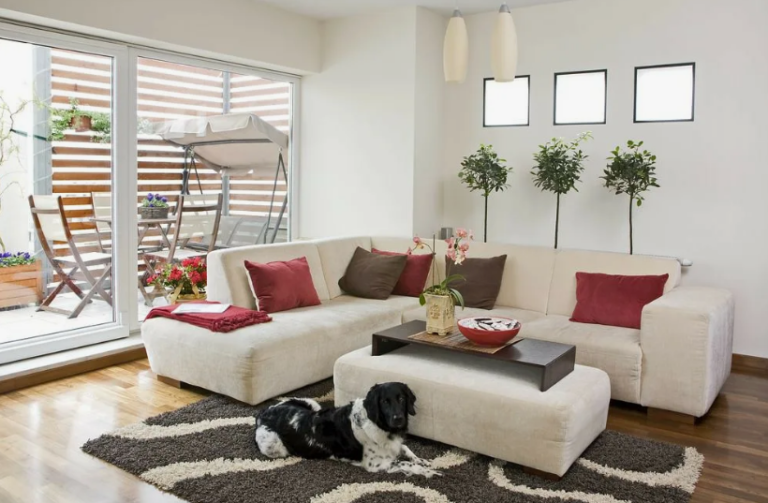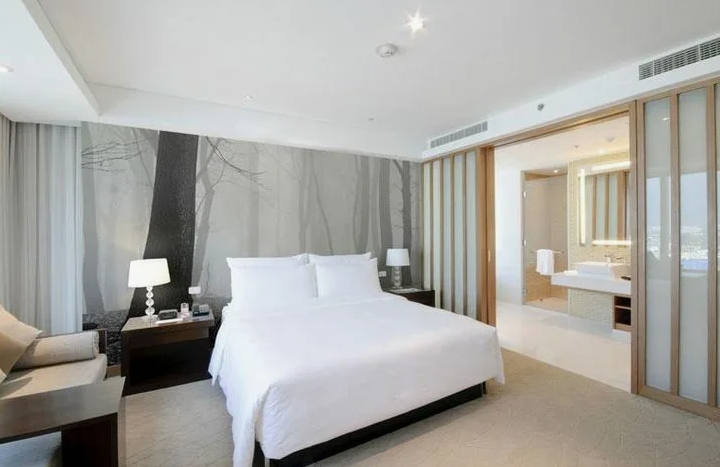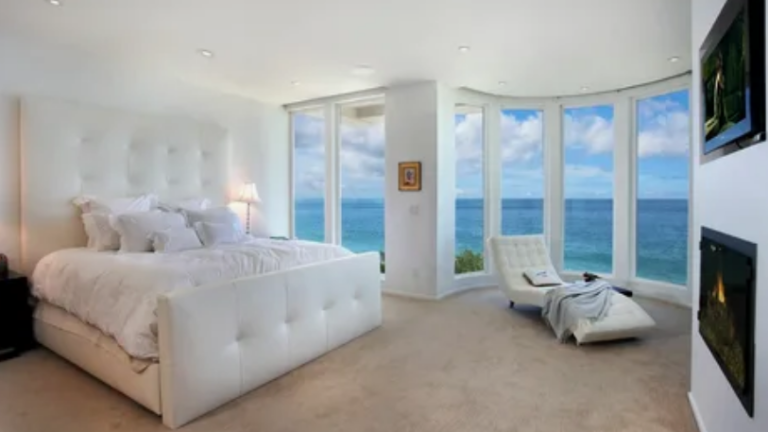Have you noticed one room in your house feels like it belongs in a tropical climate even when the rest of your home is comfortable? Hot spots in your house can be incredibly frustrating and are more common than you might think. Uneven temperatures can result from poor insulation, air leaks, or an inadequate HVAC system.

The good news? You don’t have to live with it! There are many solutions, from simple DIY fixes to advanced upgrades. This guide will walk you through identifying the root causes of a hot room, addressing the issue, and maintaining a balanced home temperature over the long haul.
DIY Fixes for Hot Rooms
Before jumping into major upgrades, here are a few DIY solutions most homeowners can tackle independently.
Check for Air Leaks and Seal Them
Air leaks are a common cause of uneven temperatures. Warm air can penetrate your home through cracks around doors, windows, or poorly insulated areas.
Steps to address air leaks:
- Inspect doorframes, window sills, and electrical outlets for drafts.
- Use weatherstripping around doors and windows to create a tighter seal.
- Apply caulk to seal gaps in the walls or around windows.
- Install draft stoppers for extra insulation on door bottoms.
Sealing leaks can reduce energy waste and help stabilize the temperature in any room.
Upgrade Your Insulation
Poor insulation can cause an imbalance in how heat is retained or deflected within your home. This is especially true for rooms with walls that face direct sunlight.
Steps to improve insulation:
- Add or replace insulation in attics and walls near the hot room. Fiberglass or spray foam insulation are great options for most homes.
- Use thermal curtains or blinds to block sunlight and reduce heat absorption.
- Consider installing window film to reduce heat from UV rays while letting in natural light.
Proper insulation doesn’t just eliminate hot spots; it can also lower your energy bills.
Optimize Your Air Conditioning System
Your HVAC system may only effectively cool some rooms in your house.
Steps to optimize your A/C system:
- Ensure vents in the hot room are open and unobstructed by furniture or rugs.
- Clean air filters regularly to keep your A/C running efficiently. Dirty filters restrict airflow.
- Use fans to circulate cool air in the hot room—ceiling fans are particularly effective.
Adding a portable air conditioner or fan in the hot room may temporarily solve the problem if you have a considerable home.
Adjust Your Thermostat Settings
Improper thermostat placement or settings can reduce the system’s ability to regulate temperature.
What you can do:
- Set your thermostat to “auto” rather than “on” to prevent constant airflow, which may carry warmer air into the room.
- Consider using a smart thermostat that allows for room-by-room temperature control.
Advanced Solutions for Stubborn Hot Spots
If DIY fixes aren’t solving the issue, consider professional-grade solutions.
Conduct an Energy Audit
A professional home energy audit can identify inefficiencies causing temperature imbalances in your home. Inspectors typically use tools like infrared cameras or blower door tests during an audit to detect leaks and heat transfer issues.
Tip: Many local energy companies offer free or discounted audits, so it’s worth contacting them first.
Install a Zoning System
Zoning systems allow you to control the temperature of individual rooms or “zones” in your house. This is particularly beneficial for homes with varying sun exposure or irregular layouts.
How it works: A zoning system uses dampers in the ductwork to direct cool air only to areas that need it. It’s an investment that delivers precise comfort and energy efficiency.
Consider an HVAC Upgrade
Sometimes, the issue lies with an older HVAC system that can’t handle the square footage of your home.
When to upgrade your HVAC system:
- If your current system is more than 10-15 years old.
- If maintenance and repairs are becoming costly and frequent.
- If your environmental or comfort needs have changed.
Modern HVAC systems often include energy-efficient features and compatibility with smart thermostats, improving overall comfort.
Install a Mini-Split System
Mini-split systems can be a game-changer for rooms that are notoriously difficult to cool. This air conditioning system doesn’t require ductwork and allows for precise cooling for individual spaces.
Long-Term Maintenance Tips
Once you’ve addressed the immediate issue of a hot room, preventative maintenance is key to ensuring your home remains comfortable year-round.
Regular HVAC Maintenance
- Schedule annual check-ups for your HVAC system to keep it running efficiently.
- Replace or clean air filters every 1-3 months, especially during peak summer seasons.
- Inspect ducts for leaks and ensure seals remain intact.
Optimize Window Coverings
Invest in high-quality blinds, curtains, or shades to prevent intense sun exposure. Keep curtains closed in the afternoon during the summer to reduce heat buildup.
Use Smart Home Technology
Smart thermostats and home monitoring systems can provide insights into which rooms require more cooling. Some smart thermostats even include features that automatically adjust according to room occupancy and weather.
Incorporate Landscaping to Cool Your Home
Carefully placed trees, shrubs, and plants can provide natural shade and reduce heat entering your home. Consider planting deciduous trees near windows that receive the most sun.
Take Control of Your Home’s Comfort
Hot spots in your home don’t have to disrupt your comfort. You can create a balanced and comfortable home environment by addressing insulation issues, sealing air leaks, and optimizing your HVAC system. If DIY solutions don’t cut it, professional services like energy audits and HVAC upgrades can ensure long-lasting results.
A well-cooled home isn’t just about comfort—it’s also about sustainability. These steps can reduce energy waste, lower utility bills, and minimize environmental impact.
Are you ready to take the next step? Evaluate your home’s current setup and get started today with these fixes. For more advanced solutions, consult an HVAC professional or energy auditor to uncover the right options for your unique home.





